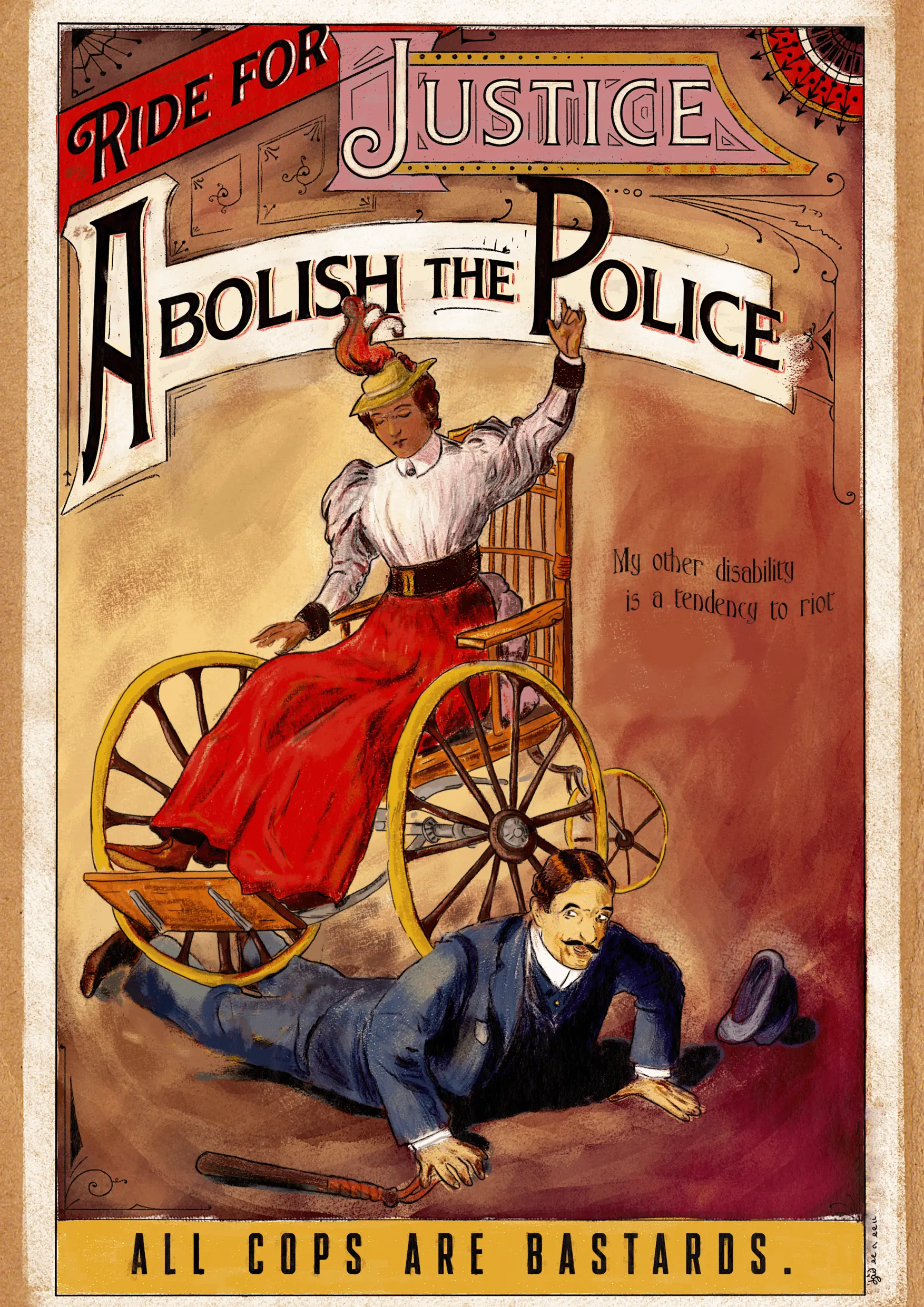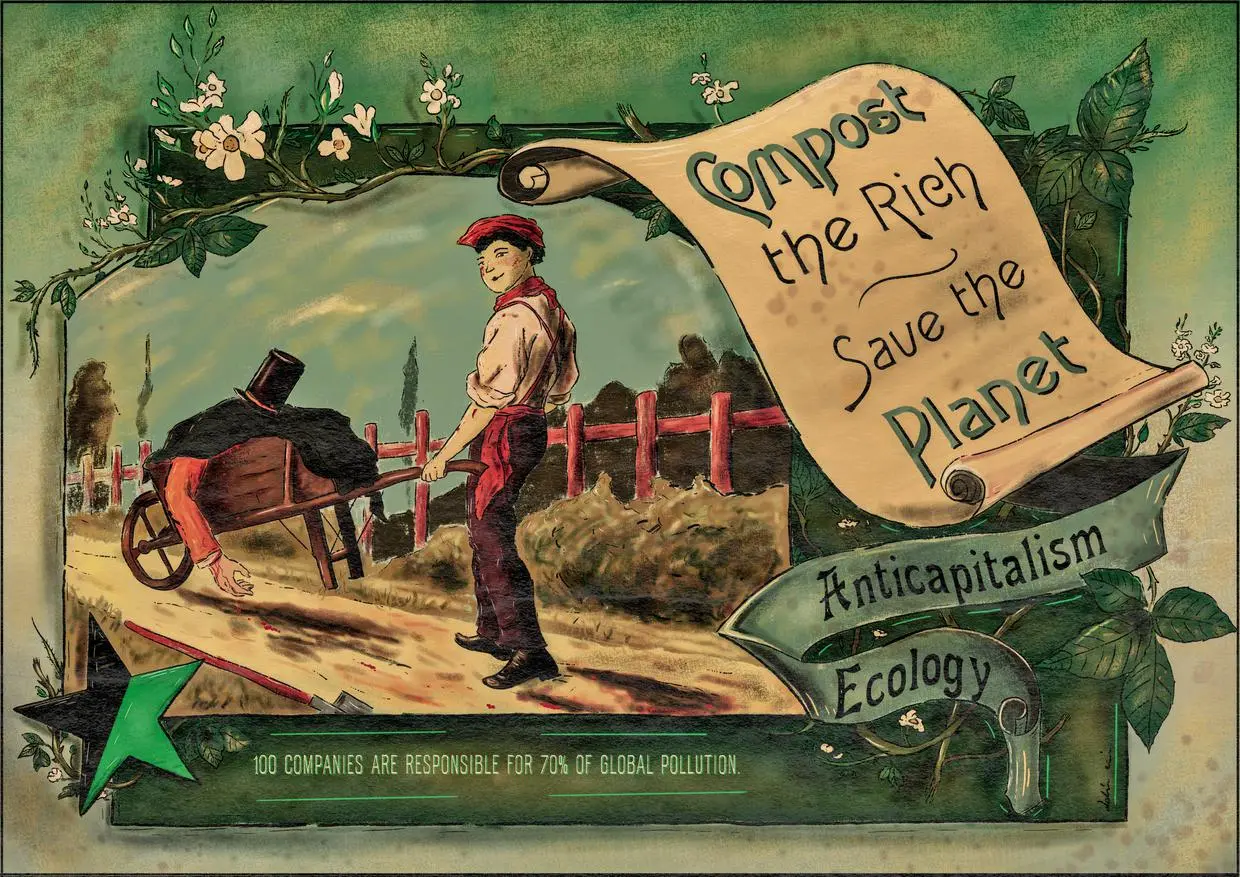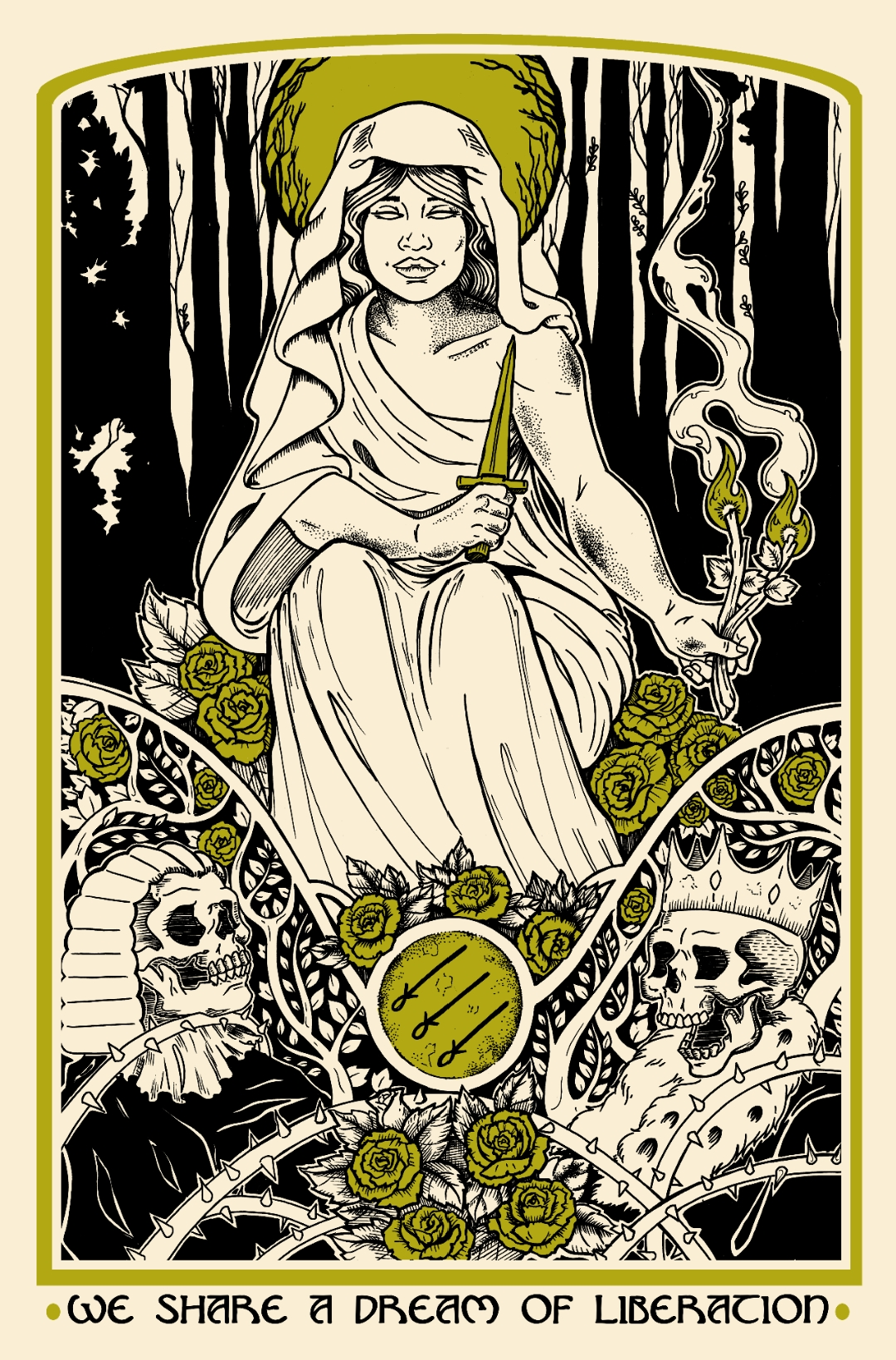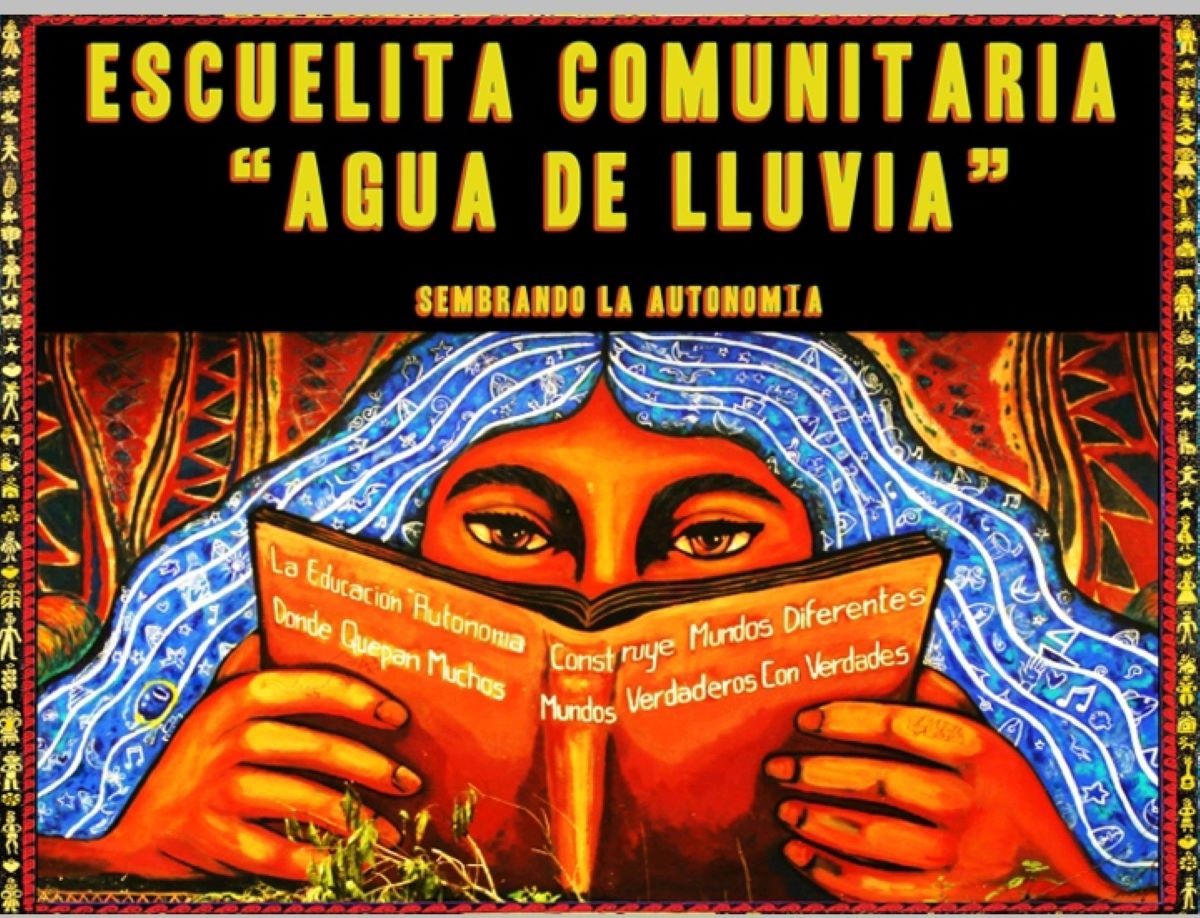I’ve been wanting to do some scenes from a library economy for a while now, glad to finally get the chance.
I've mentioned elsewhere that these postcards are a bit earlier in the solarpunk timeline than a lot of other works I know of in the genre. I like seeing the work in progress, the intermediate steps. Most solarpunk stuff I've read has climate disasters, wars, plagues, etc in its backstory. I set my stuff a bit closer to those events because I'm interested in what the earlier days of rebuilding look like.
So I think this photobash is set somewhere in the transition towards a library economy. If you want to see what one of those looks like in full swing, the sort of lived experience, I'd very much recommend AE Marling's Murder in the Tool Library and it's sequel.
I love the idea of a society with a cultural focus on reuse rather than extraction and production and disposal. A society where the massive logistics arms of government and industry are turned to salvaging, organizing, and repurposing, rather than extracting materials and packing landfills with waste. A society where the wealth of usable product we currently throw away is treated like a natural resource to be found and traded between people in the thousand year cleanup.
This being the earlier days, I thought about how all this stuff gets moved gently into that system, and how society transitions in that direction without ripping ownership of things away from individuals.
The easiest way I could come up with would be to start with a new refuse stream and the infrastructure to handle it. Our society throws away an incredible amount of intact, usable, or fixable stuff. A future society with the organization to catch and sort it, perhaps enabled and supported by a culture that's already been through hard times and has relearned the value of thrift, could stock many common items that way.
Worldbuilding-wise, maybe it's a matter of necessity - maybe supply chains have long been broken, and cheaply exploited labor and imported resources are already a thing of the past. Maybe this represents the organization and formalization of ad-hoc systems like Buy Nothing and the simple act of passing hand-me-downs between relatives. Maybe they’re just trying to do better.
I imagine they’d start by building community stockpiles that probably look like the swap shop at the average dump. But a society needs more organization and reliability that that. So they’d repurpose old warehouses for specialized storage and as workshops so they could sort the incoming stream of appliances, furniture, computers, tools, fish tanks, sports equipment, etc, triage it, assess damage, and make repairs, prioritizing getting the undamaged stuff quickly back into use.
They’d need dedicated libraries and knowledgeable librarians to house and loan each category of items, and I hope they’d partner with local organizations who are already specialized in the right areas. Maybe a makerspace can manage a tool library, perhaps some shops can transition towards loaning out items they receive for free.
At this point in the timeline they probably only loan some items, others are just given away or sold for very cheap, on the condition that, eventually, they get returned to the library rather than destroyed. Perhaps this is how they keep items in circulation that they don’t yet have the means to formally store and curate.
I’ll caveat all this by admitting I’m weak on the economic theory and the logistics – if you want to know more about how library economies could work, better minds than me have put a lot of thought into it. Personally I don’t think loans etc would cover all of society’s needs, and I don’t think I’d want them to. People will still own the things that matter to them. But I think it could be a wonderful way to replace the cheapest (and often most harmful) options in any given market. The kind of thing you buy with the intent to only keep it for a short while anyways.
Take furniture for example - in this setting, if you want something super fancy or new, you probably still go to a small workshop with skilled craftspeople and order to spec or from their catalogue. But if you're a college kid just starting out, instead of going to walmart or amazon and buying something made cheap by massive corporations exploiting their workers and sometimes utilizing slavery overseas, you go to a library and borrow something. This might look a lot like how libraries operate now, or it might look more like Habitat for Humanity's Restore or a municipal recycling center's swap shop where you buy or take the thing with no obligation to return it. Maybe you’d order it from an eBay-like catalogue website and they’d shuffle it to the library closest to you (regardless of its specialty) so you can pick it up.
The process of collections probably varies by location - in some areas they do pickup and delivery, in others maybe they use libraries as collection points. It probably varies by item too.
Either way, here's a scene of a little piece of that process. A team of volunteers taking an electric truck on a route through the city, collecting and/or delivering heavy items.
My goals for the truck were kind of a mix of art goals and worldbuilding goals. Whenever I include a vehicle in a scene, I try to convey visually that this isn't a car-centric future, with everyone just driving around in personal vehicles like they do today. (Electric vehicles are tricky because they look fairly normal and modern.) I wanted it to be clear that this thing fits a specific use case. The homemade back was kind of a mix of wanting to be able to show the contents, and wanting to imply that this truck wasn't fabricated new for the city. Maybe it's like the stuff it's hauling, secondhand but still good enough for the job. Maybe it's been pulled from a junkyard and repaired, missing pieces replaced with scrap materials.
The overhead pantograph rig is borrowed from a bus - I love streetcars and similar simple electric vehicles, but I thought this truck would require more freedom on its route, so I found (I think) a rig that allows for quickly connecting and disconnecting. In real life the buses use gas or diesel when their electricity is disconnected, but I think the truck could just be using a battery that's too small or old or simple to pack enough energy for its full route. That hopefully wouldn't matter since it only needs it for short trips: switching between overhead wires, traversing streets without them, and getting out of the way of streetcars.
As for the plants in the scene (for someone who hates landscaping, I seem to do it fairly often, digitally) in the foreground we've got raspberry bushes (hopefully thornless) on either side and wildflowers for bees in the center, and a blueberry bush, pear tree, and apple tree across the street. I think it's possible for all this to be in season at once around August.



















